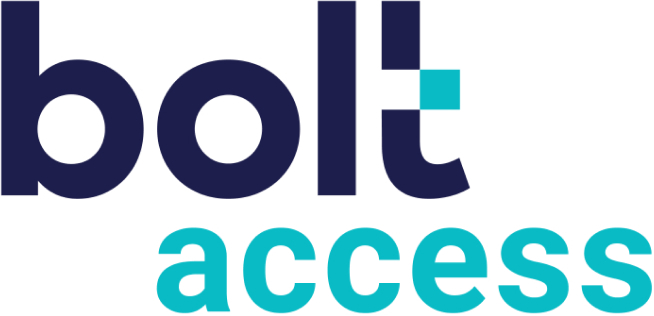
"
The cost of auto insurance has been in the news a lot in the last few months as a number of studies have shown just how costly such coverage can be for average Americans. Now, it seems that this factor and a number of others are combining to drive down the affordability of buying a new automobile in many parts of the country, and insurance agents will need to be cognizant of how costs will affect consumers going forward.
Currently, the average cost of a new car or truck nationwide stands at a little more than $32,000, and it seems that typical residents of just one of the nation's 25 largest cities could reasonably afford to make such a purchase when other factors are included, according to a new study from the personal finance site Interest.com. Affordability is based on the so-called ""20/4/10"" rule which states that consumers must be able to make a down payment of at least 20 percent on an auto loan with a term of no more than four years, and with the cost of paying down the loan's principal and interest payments - plus insurance bills - amounting to no more than 10 percent of a household's gross income.
Where does the problem exist?
That one city that could afford buying a new car is Washington D.C., where consumers could typically afford to buy a car worth slightly more than $32,500, about 1 percent higher than the national average, the report said. However, the second-ranked city on the list was San Francisco, could only afford a car with a price tag of slightly more than $28,000, meaning that it's 13 percent below the national average. Boston, Minneapolis, and Baltimore rounded out the top five at 17 percent, 22 percent, and 23 percent less than the national average.
Meanwhile, the cities ranked Nos. 19 through 25 were well below that level, with all of them being at least 41 percent below average costs, the report said. In fact, in both Miami and Tampa, the cost of the average new car exceeds affordability by 53 percent and 56 percent, respectively.
Auto insurance agents will certainly have to keep these facts in mind when they try to attract new business, as the cost of insurance being too high might be enough to turn off not only prospective customers, but current ones as well.
"
Talk to an expert
Contact us
